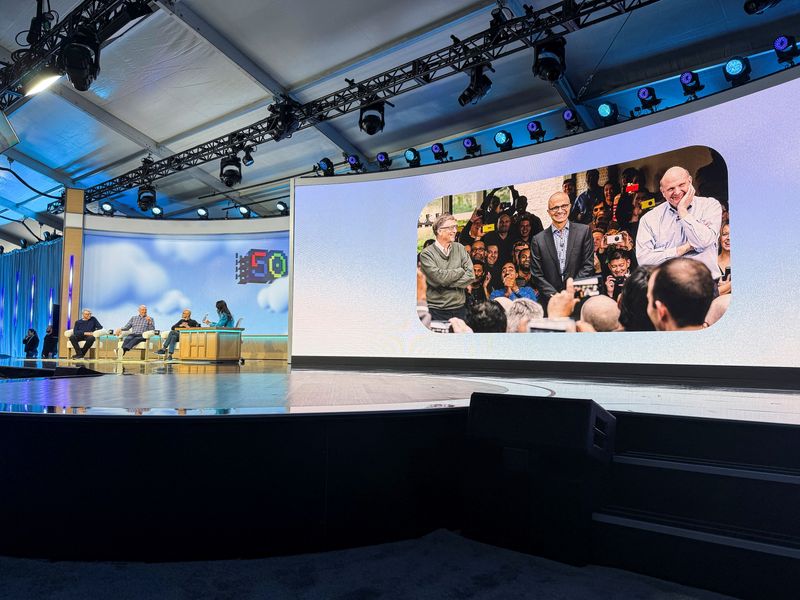When it comes to economics, it’s impossible to ignore the impact of unemployment. One particular type of unemployment, often overlooked yet significant, is frictional unemployment.
This idea sheds light on the job market, giving a new understanding of employment dynamics.
It’s not about job absence or economic downturn – rather, it’s a natural event within any healthy economy. Understanding how it works will help to capture the bigger picture of employment, and contribute to developing effective policies.
What is Frictional Unemployment?
In every thriving economy, there are situations where people quit their jobs to find new ones or fresh graduates actively searching for a job. This naturally creates a state of temporary unemployment, often known as frictional unemployment.
This type of unemployment is considered to be voluntary or transitional and is mostly caused by the time lag between leaving one job and finding another.
This indicates a healthy labor market with fluidity and demand. From an economic perspective, this shows that the economy is growing, and people are exploring better opportunities.
Causes of Frictional Unemployment
The primary cause of frictional unemployment is the transition period between jobs. Other factors that contribute to this type of unemployment include
- Change of Location: One of the most common and significant reasons for frictional unemployment is when a person moves to a new location, either voluntarily or due to job requirements. This relocation may lead to a period of searching and waiting for suitable job opportunities in the new area.
- Seasonal Jobs: Some industries are affected by seasonal fluctuations, leading to temporary layoffs during slow seasons. Workers in these industries may experience periods of unemployment while waiting for their jobs to resume.
- Mismatch of Skills and Job Requirements: It only makes sense that people are more likely to search for jobs that match their skills and qualifications. However, this may lead to a temporary period of unemployment as they wait for the right job opportunity.
- Delay in the Hiring Process: There can be many reasons for a delay in the hiring process, such as lengthy recruitment procedures or background checks. These delays may cause frictional unemployment for job seekers who have already left their previous jobs.
Impact of Frictional Unemployment
Frictional unemployment, although temporary, has a significant impact on the economy. It can affect individuals and the overall labor market in several ways.
- Individuals: Frictional unemployment can have a negative impact on individuals, causing financial strain and uncertainty. The period of job searching and waiting can be stressful and may lead to a decrease in quality of life.
- Employers: Employers also feel the effects of frictional unemployment as they search for qualified candidates to fill vacancies. This process can be time-consuming and costly, leading to a loss of productivity for businesses.
- Economy: A certain level of frictional unemployment is considered healthy for the economy as it reflects growth and job mobility. However, if it exceeds a certain point, it can lead to inefficiency in the labor market and slow down economic growth.
Advantages of Frictional Unemployment
Frictional unemployment may seem like a negative aspect of the labor market, but it also has its advantages.
- Job Availability: As people find new and better job opportunities, it opens up vacancies for others to fill. This creates a continuous cycle of job availability in the market.
- Better Job Matches: Frictional unemployment gives people the opportunity to find jobs that align with their skills, qualifications, and interests. This leads to a more productive workforce and can positively impact overall economic growth.
- Economic Growth: As mentioned earlier, a certain level of frictional unemployment is a sign of a healthy economy. It reflects job mobility and growth potential, which can lead to economic expansion.
Conclusion
Frictional unemployment may not receive as much attention as other types of unemployment, but it plays a crucial role in the dynamics of the job market. Understanding how it works can give a better understanding of the overall employment situation and contribute to creating effective policies for a thriving economy.
Further questions
What's your question? Ask it in the discussion forum
Have an answer to the questions below? Post it here or in the forum




